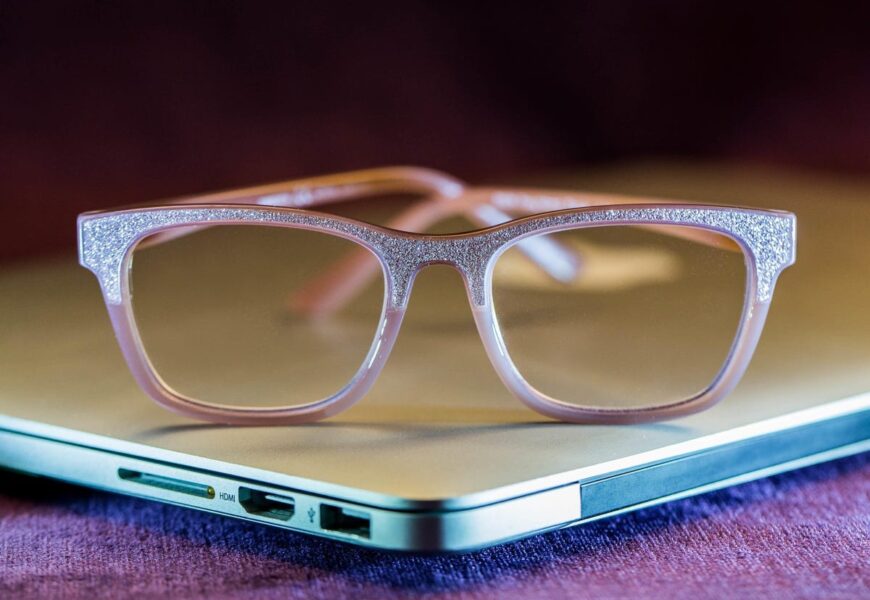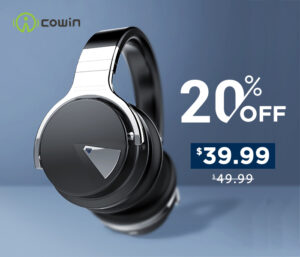In today’s digital age, it’s no secret that we spend a significant amount of time staring at screens. Whether it’s working on a computer, scrolling through social media, or binge-watching our favorite shows, our eyes are constantly exposed to the harsh glare of blue light. While it may seem harmless, prolonged exposure to blue light has been linked to a range of eye health issues, including eye strain, dryness, and even long-term damage to the retina. But fear not! There’s a simple solution to mitigate these risks: using a blue light filter.
What is Blue Light?
Before we dive into the benefits of blue light filters, it’s essential to understand what blue light is. Blue light is a type of high-energy visible (HEV) light with a wavelength of around 400-450 nanometers. This range of light is emitted by digital devices such as smartphones, tablets, computers, and televisions. While blue light is essential for our circadian rhythms and helps regulate our sleep-wake cycles, excessive exposure can have detrimental effects on our eye health.
The Risks of Blue Light Exposure
Prolonged exposure to blue light has been linked to a range of eye health issues, including:
- Eye Strain: Blue light can cause eye fatigue, leading to headaches, blurred vision, and dry eyes.
- Dry Eyes: Blue light can reduce tear production, leading to dry, itchy, and irritated eyes.
- Digital Eye Syndrome: Prolonged blue light exposure can cause eye strain, blurred vision, and headaches.
- Long-term Damage: Chronic blue light exposure may increase the risk of age-related macular degeneration (AMD) and cataracts.
The Benefits of Blue Light Filters
So, how can we reduce the risks associated with blue light exposure? The answer lies in blue light filters. These filters work by blocking or reducing the amount of blue light emitted by digital devices. By using a blue light filter, you can:
- Reduce Eye Strain: By reducing blue light exposure, you can alleviate eye fatigue, headaches, and blurred vision.
- Prevent Dry Eyes: By reducing blue light exposure, you can prevent dry eyes and promote healthy tear production.
- Improve Sleep: By reducing blue light exposure before bedtime, you can improve sleep quality and duration.
- Protect Your Eyes: By reducing blue light exposure, you can reduce the risk of long-term eye damage and AMD.
Types of Blue Light Filters
There are several types of blue light filters available, including:
- Software Filters: Many devices come with built-in software filters that can reduce blue light emission.
- Screen Protectors: Screen protectors with built-in blue light filters can be applied to devices.
- Blue Light Glasses: Specialized glasses with blue light filtering lenses can be worn while using devices.
- Blue Light Apps: Mobile apps can be downloaded to reduce blue light emission on devices.
Conclusion
In conclusion, blue light filters are a simple and effective way to reduce the risks associated with blue light exposure. By using a blue light filter, you can alleviate eye strain, prevent dry eyes, improve sleep, and protect your eyes from long-term damage. Whether you’re a gamer, a student, or a professional, incorporating a blue light filter into your daily routine can have a significant impact on your eye health. So, take the first step towards protecting your eyes and start using a blue light filter today!












